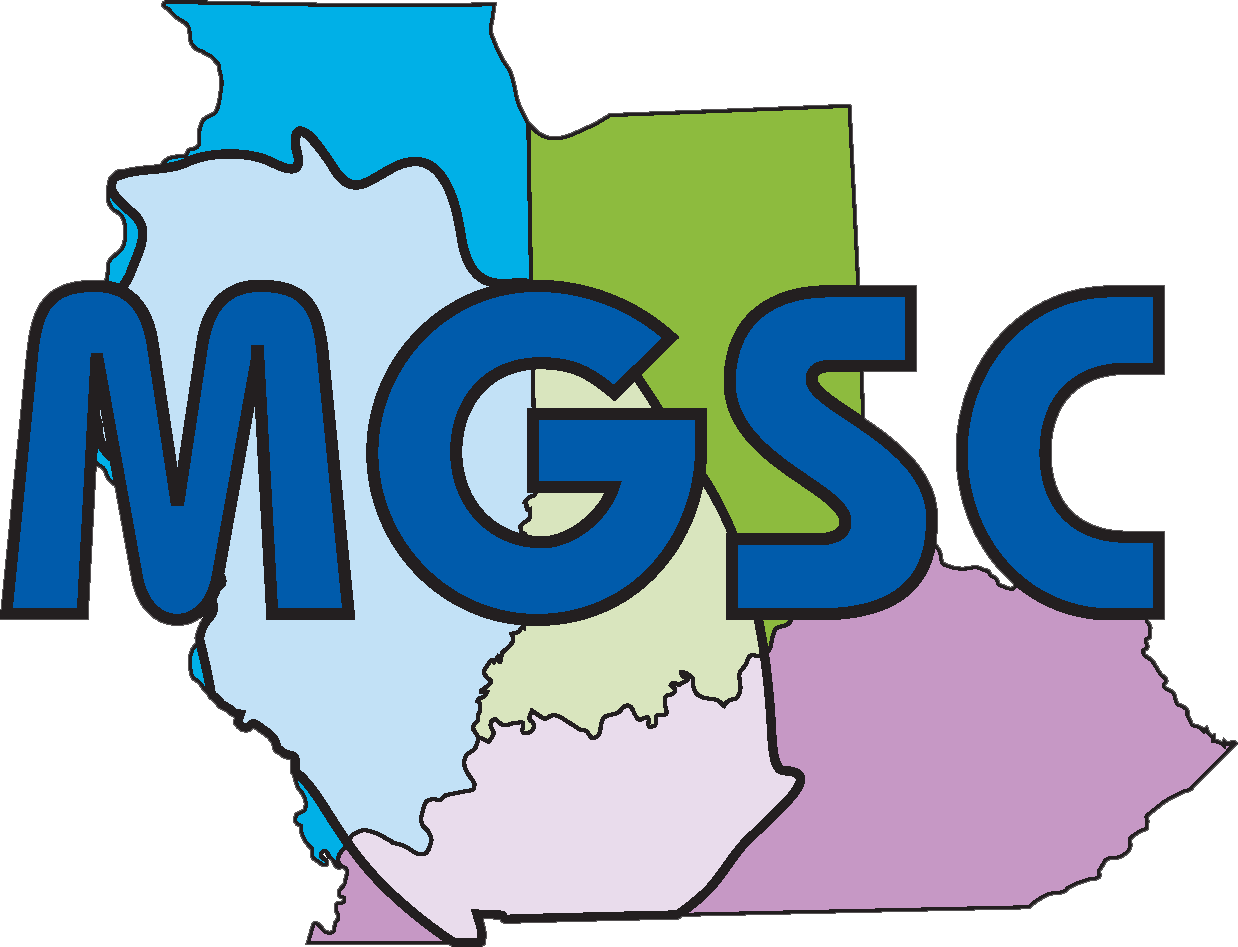Computational Methods
in Water Resources
XIX International Conference
![]() June 17-21, 2012
June 17-21, 2012
at the University of Illinois at Urbana-Champaign
Special Session on:
High-Dimensional Computational Modeling of Rivers and Streams
Conveners:
Marcelo Garcia, University of Illinois
Xiaofeng Liu, University of Texas at San Antonio
Description:
This session encourages contributions on all aspects of computational modeling of rivers and streams. Computational hydraulics has been broadly applied in navigation, flood control, erosion control, geomorphology, bridges and culvert at highway crossings, water qualities, etc. Despite the success and acceptability of one-dimensional modeling (e.g., HEC-RAS type routing), there are growing interests in modeling the hydraulics, morphology, and related riverine processes using high-dimensional models. Progresses and moderate success have been reported in recent years. However, due to the complexity of river systems (e.g., highly three-dimensional and turbulent in meandering bends and tidal channels, sediment laden flows, seasonal vegetations, movable boundaries, transient flash flooding, free surface capturing), there still exist tremendous technical, theoretical, and computational challenges in almost all aspects of high-dimensional computational hydraulics. It is also anticipated that the computational power required will increase dramatically and certain large simulations are only viable through parallel computation on high performance computers (HPC). Emerging technologies, such as cloud computing and GPU computing, will soon have a great impact. Submissions on both numerical model development and applications are welcome.


